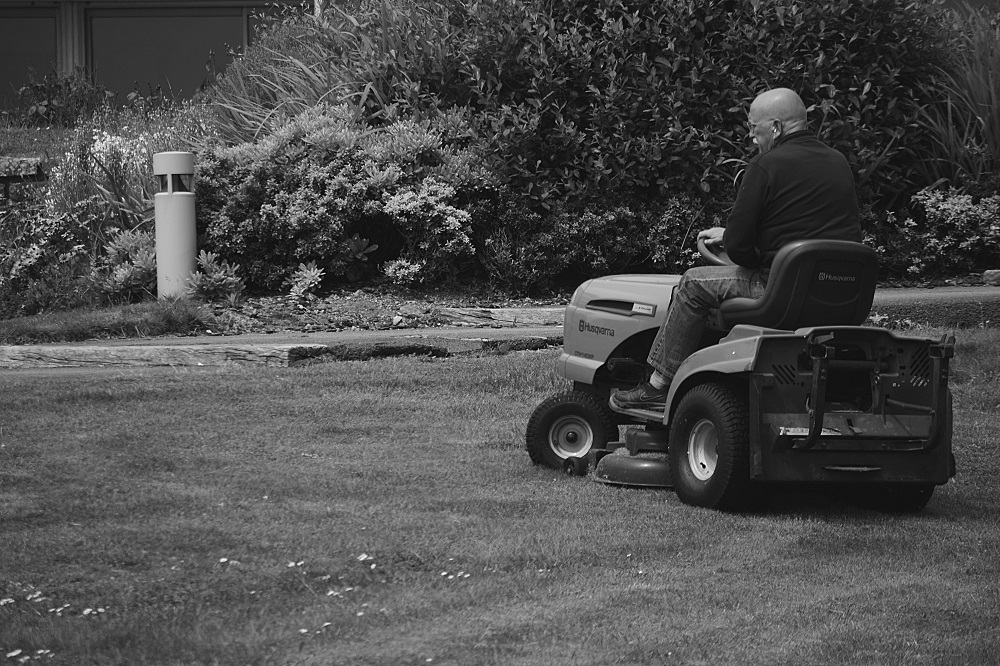Lawn Care for Different Grass Types: Choosing the Right Approach

A lush and vibrant lawn is the pride of any homeowner, but achieving and maintaining such a lawn requires understanding the nuances of different grass types and tailoring your care routine accordingly. Not all grasses are created equal, and each type has specific requirements and characteristics that influence how you should care for it. In this comprehensive guide, we will delve into the world of lawn care for different grass types, helping you choose the right approach for your specific lawn.
1. Understanding Grass Types:
Before diving into specific care routines, it’s crucial to identify the type of grass that makes up your lawn. Grasses can be broadly categorized into two main groups: cool-season grasses and warm-season grasses.
- Cool-Season Grasses: These grasses thrive in cooler climates and experience their main growth periods during the spring and fall. Common cool-season grasses include Kentucky bluegrass, fescue, and ryegrass.
- Warm-Season Grasses: Well-suited for warmer climates, warm-season grasses have their peak growth in the summer months. Bermuda grass, Zoysia grass, and St. Augustine grass fall into this category.
2. Tailoring Care for Cool-Season Grasses:
a. Spring Care:
- Aeration: Early spring is an ideal time for core aeration to alleviate soil compaction and improve water and nutrient absorption.
- Overseeding: If your cool-season lawn has bare patches, overseeding with the same type of grass can help fill in those areas and improve the lawn’s density.
- Fertilization: Apply a balanced fertilizer in early spring to provide essential nutrients for new growth.
b. Summer Care:
- Mowing Height: Raise the mower height to provide shade to the soil, reducing evaporation and weed growth.
- Watering: Increase water frequency and duration to combat summer heat stress. Water deeply and infrequently to encourage deep root growth.
- Weed Control: Regularly inspect and treat for weeds that might take advantage of stressed grass during the summer.
c. Fall Care:
- Aeration: A second round of aeration in the fall helps the grass recover from summer stress and prepares it for the colder months.
- Fertilization: Apply a fall-specific fertilizer to promote root growth and store nutrients for the winter.
- Raking Leaves: Keep the lawn clear of fallen leaves to prevent suffocation and disease.
3. Nurturing Warm-Season Grasses:
a. Spring Care:
- Pre-Emergent Herbicides: Apply pre-emergent herbicides in early spring to prevent weeds from germinating as temperatures rise.
- Mowing Start: Resume mowing when the grass starts actively growing, usually when temperatures consistently stay above 50°F (10°C).
- Fertilization: Apply a nitrogen-rich fertilizer in late spring to support growth.
b. Summer Care:
- Mowing Height: Maintain a lower mowing height for warm-season grasses to discourage thatch buildup and maintain their preferred appearance.
- Watering: These grasses are drought-tolerant, but deep and infrequent watering still encourages stronger root systems.
- Pest Management: Monitor for pests like grubs and chinch bugs, which can cause damage during this active growth phase.
c. Fall Care:
- Overseeding: In the late summer to early fall, overseed warm-season lawns with cool-season grasses to maintain green color during winter dormancy.
- Fertilization: Apply a potassium-rich fertilizer in early fall to enhance winter hardiness.
4. General Tips for All Grass Types:
- Mowing Practices: Regular mowing keeps grass healthy. Never remove more than one-third of the grass height in a single mowing.
- Soil Testing: Periodic soil testing helps you understand your lawn’s nutrient needs and adjust fertilization accordingly.
- Proper Watering: Water deeply and less frequently to encourage deep root growth and reduce the risk of diseases caused by moisture.
Caring for your lawn involves more than just a one-size-fits-all approach. Different grass types have distinct requirements based on their growth patterns and environmental preferences. By understanding the characteristics of your grass and tailoring your care routine to suit those needs, you can achieve a stunning and healthy lawn that’s the envy of the neighborhood. Whether you have cool-season or warm-season grass, following these guidelines will help you nurture your lawn to its fullest potential.
Generated by ChatGPT

